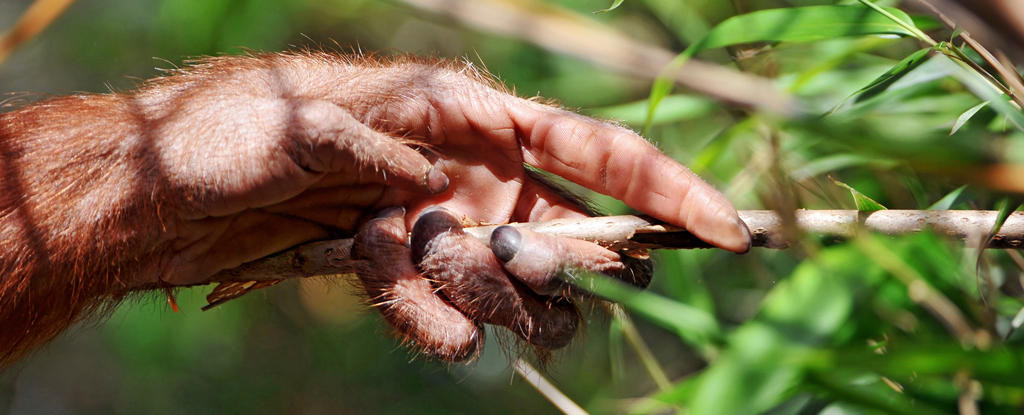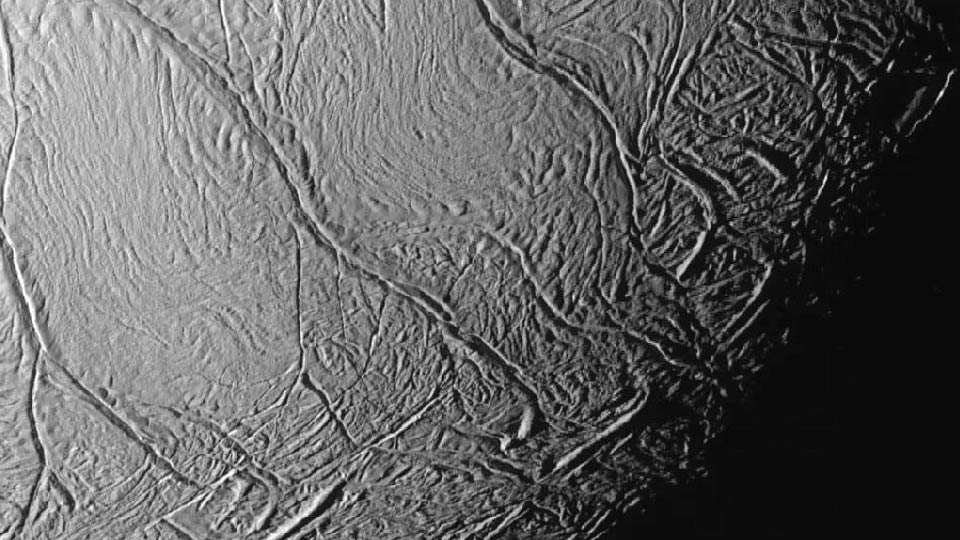Separations, Vol. 10, Pages 207: The Role of Selective Flavonoids on Triple-Negative Breast Cancer: An Update
Separations doi: 10.3390/separations10030207
Authors: Pooja Chinnikrishnan Ibrahim Abdel Aziz Ibrahim Abdullah R. Alzahrani Naiyer Shahzad Prathibha Sivaprakasam Ashok Kumar Pandurangan
Among the many types of breast cancer (BC), Triple-Negative Breast Cancer (TNBC) is the most alarming. It lacks receptors for the three main biomarkers: estrogen, progesterone, and human epidermal growth factor, hence the name TNBC. This makes its treatment a challenge. Surgical procedures and chemotherapy, performed either alone or in combination, seem to be the primary therapeutic possibilities; however, they are accompanied by severe complications. Currently, the formulation of drugs using natural products has been playing an important role in the pharmaceutical industries, owing to the drugs’ increased efficacies and significantly lessened side effects. Hence, treating TNBC with chemotherapeutic drugs developed using natural products such as flavonoids in the near future is much warranted. Flavonoids are metabolic compounds largely present in all plants, vegetables, and fruits, such as blueberries, onions, (which are widely used to make red wine,) chocolates, etc. Flavonoids are known to have enormous health benefits, such as anticancer, antiviral, anti-inflammatory, and antiallergic properties. They are known to arrest the cell cycle of the tumor cells and induces apoptosis by modulating Bcl-2, Bax, and Caspase activity. They show a considerable effect on cell proliferation and viability and angiogenesis. Various studies were performed at both the biochemical and molecular levels. The importance of flavonoids in cancer treatment and its methods of extraction and purification to date have been reported as individual publications. However, this review article explains the potentiality of flavonoids against TNBC in the preclinical levels and also emphasizes their molecular mechanism of action, along with a brief introduction to its methods of extraction, isolation, and purification in general, emphasizing the fact that its quantum of yield if enhanced and its possible synergistic effects with existing chemotherapeutics may pave the way for better anticancer agents of natural origin and significantly lessened side-effects.

 1 year ago
21
1 year ago
21


